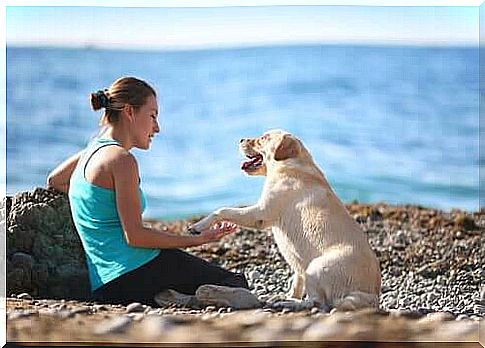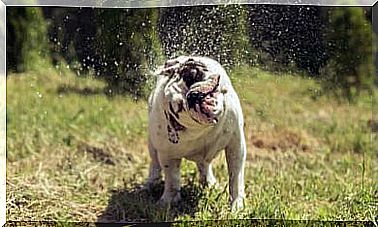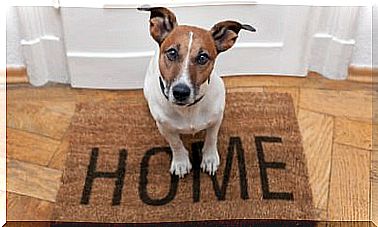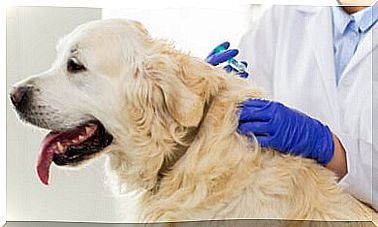6 Tips For Having An Educated Dog

The education of a dog is very important to have a balanced and happy pet with which to live in a serene and peaceful way. To have an educated dog it is essential that good communication is established between the animal and the owner.
Let’s find out in this article how to have an educated dog. We will give you six tips to educate your four-legged friend.
Communication with the dog, crucial for an educated dog
To educate a dog we must communicate with him, understand his behavior and make himself understood. Unlike wolves, thanks to centuries of living with us humans, dogs have learned to read our expressions. A fundamental aspect to be able to establish a bond with him.
Observe your four-legged friend to recognize his moods; In this way you will discover when he is ready to learn, if something he likes and calls his attention, what situations frighten him, etc.

The moment of socialization
The time to socialize with your dog comes when the animal is more receptive to learning, recognizing and interacting with the environment. This coincides with the phase between 3 and 12 weeks of life.
In this period of time, the animal’s nervous system matures through the development of new neurological connections in the brain. In this period it is therefore very important to subject your dog to as many stimuli as possible (people, sounds, other animals …) in order to avoid phobias that could develop in adulthood.
The management of bites in the educated dog
During the first three months of life, the puppy must learn to control its bites. When he is just born, his mother and the rest of the litter teach him how to manage bites through play. Your approach must be the same.
If you are playing with your dog and he starts biting your hands, you can stop playing by telling him “no” in a calm but firm way. Do not excite him further and try to direct his bites towards rubber objects or toys.
Take the right amount of time to control your puppy’s bites, so as to prevent the habit from dragging into adulthood, when the bite could cause significant damage. Trusting your dog in its ability to control the bite is crucial.
Where does an educated dog go to waste?
The dog must learn to do his business in the right place, so we will have to take him for a walk very frequently at least in the early days. So we can get him used to the street and its environments.
The advice is to take advantage of the moment immediately following the game, meal or sleep. In fact, in these moments the dog has the greatest stimuli. And every time he goes out of his way, reward him so that he understands that he has acted correctly.

Positive reinforcement
The best way to breed a well-behaved dog is without a doubt positive reinforcement. Every time the animal performs an action that we have asked it to do, we must reward it with food, caresses or a toy.
Through the use of punishments and cries we will only get a fearful dog, which will end up associating any daily situation with bad experiences such as bathing, brushing, relationships with other dogs, etc.
Also, scolding him long after he misbehaves is useless. The dog will never associate the punishment with the mistake made and will rather try to change our bad mood with signs of calm.
Education or training?
Educating or training a dog are two profoundly different aspects. Many times we are convinced that training problems, such as a dog biting, are actually related to education.
Training consists of teaching the dog skills. For example, responding to commands to make him sit down, shut up, give his paw. It is basically pure and simple obedience.
Education, on the other hand, includes all those practices that teach a dog how to manage all the situations of daily life in ease and tranquility: such as walking, interacting with other people, meals, visits to the vet.









